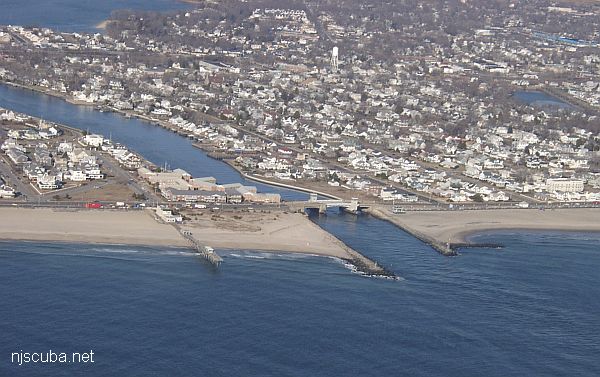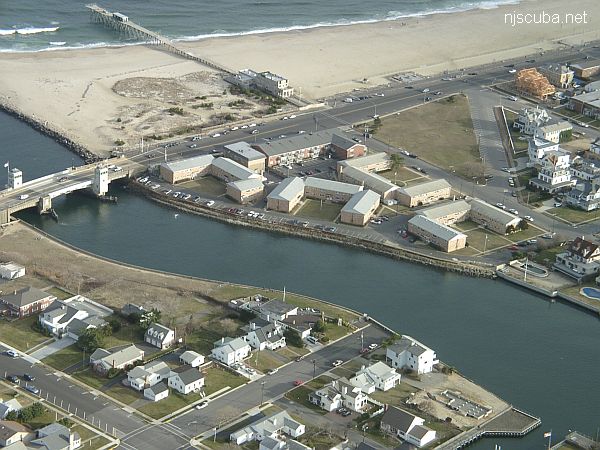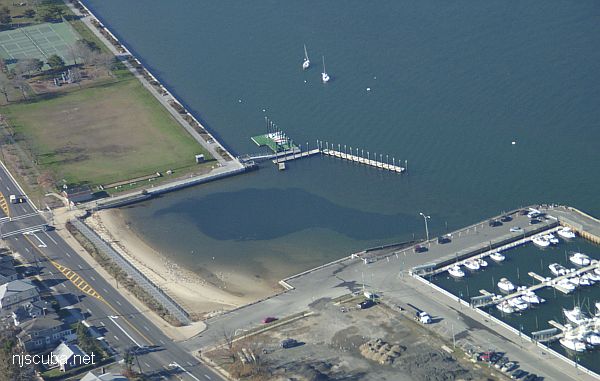Shark River

- Type:
- smallish tidal river inlet with stone jetties or bulkheads on both sides
- Depth:
- 15 ft
The Shark River is your best bet for shore diving in the northern half of the New Jersey coastline, far better than the Manasquan River. Shark River offers at least four different locations to dive: either side of the inlet, with rock jetties to explore, slightly upstream at A Street in Belmar, and upriver in the back bay area at L Street, Belmar. The wreck of the Malta is also just a few blocks south on the beach, but hardly worth diving.
Restrictions:
- No diving between 8:00 AM and 5:30 PM from May 1 to October 1.
- Diving permitted only within 25 ft of jetties.
Diving not permitted inland past A Street - south side / 1st Avenue - north side. - Flag required.
- These restrictions also apply to Belmar beach jetties and the nearby wreck of the Malta, but not to the Back Bay area.
These restrictions are clearly posted on both sides of the inlet; also see Regulations. Since this is a tidal river, you must dive at slack water. If you've never dived a local river or inlet before, you may want to look at the page on Local Diving Conditions.
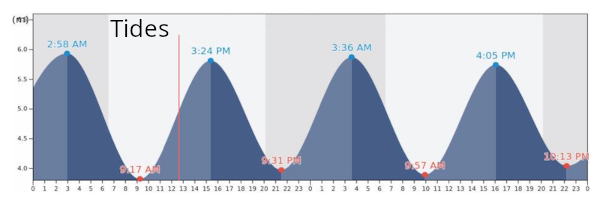
Why is it called the Shark River?
I have dived this inlet many times, and have never seen even a small shark, although I have been told that they can be seen on occasion from high up on the bridge. Apparently, in the late 1800s, a large shark was swept upstream into the bay, where it died. Or the river could be named after the fossilized shark teeth that can be sifted from the sand upstream in Shark River Park. The original Indian name for the river was Nollectquest, the actual meaning of which has been lost to time.
Inlet Inhabitants
By Herb Segars
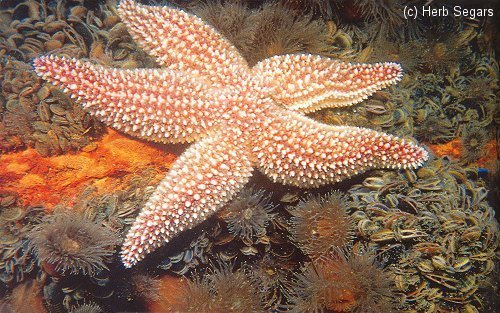
Shark River Inlet in Avon, New Jersey, is used by boaters to reach the Atlantic, by fishermen to obtain a fresh dinner and by scuba divers to explore a new and exciting world. People who stroll the beaches and boardwalks are awed by the inlet's beautiful panorama. Hidden beneath the surface of the water, however, is another world, a world foreign to the majority of surface dwellers. In this undersea world of everyday conflict, the weak and wounded soon become part of the food chain.
This particular inlet is divided into three distinct habitats. Mussel beds, located directly beneath the Ocean Avenue bridge, stretch from the shoreline to the center channel pilings. Here, myriad sea creatures conduct everyday business. The mussel is a picture of beauty as It extends its mantle to feed on microscopic life carried In the current. Nestled between the mussels are tiny sea anemones, whose tentacles sway gently in search of the very same minuscule morsels. Multi-armed starfish use their tiny tubular feet to move from place to place. Grotesquely fashioned, but camouflaged to near invisibility, sea sculpins perch on the mussel beds awaiting their prey.
Projecting seaward through the inlet, man-made jetties of rock provide a second type of habitat for numerous aquatic species. Scooting in and out of openings in the rocks are blackfish and many baitfish. Smaller holes provide homes for eels and the nocturnal-feeding lobster. Although most people do not associate the lobster with New Jersey waters, lobsters are harvested in this area by commercial lobstermen and sport divers. Colonies of mussels, barnacles and plant life are also found on the jetties, where they spend their entire life cycle maintaining a foothold on the slippery surface.
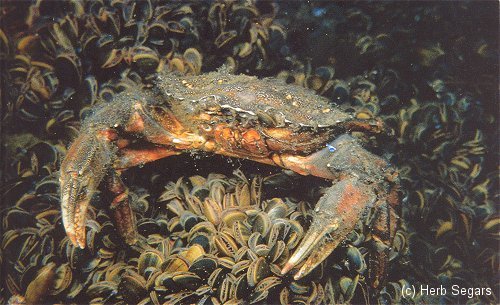
The last area of exploration is the sandy flats, where two species predominate. Pancake-shaped members of the fluke and flounder family lie motionless on the bottom, camouflaged by their natural coloring. patiently awaiting their dinner. Unfortunately for them and happily for fishermen, they are often fooled by the baited hook. Shortly thereafter, they will fulfill their destiny In nature's food chain as someone else's dinner.
Suitably garbed for an outer space encounter or a round of battle in the Coliseum, the crabs are the true gladiators of the inlet. Equipped with extremely sharp and powerful claws, their first reaction to a human intruder is to rear up and defend their ground. They defend themselves from other sub sea inhabitants with equal tenacity. The sand flats are home to rock crabs, blue claw crabs, speckled crabs and hermit crabs.
These are just a few of the many inhabitants of our local inlets, where beneath the murky water, life is an awe-inspiring spectacle.
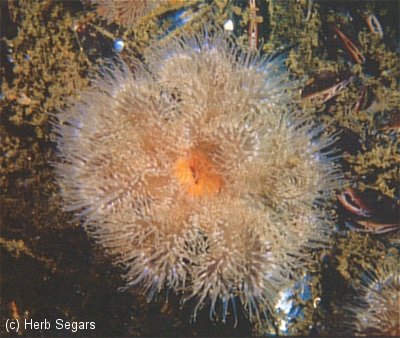
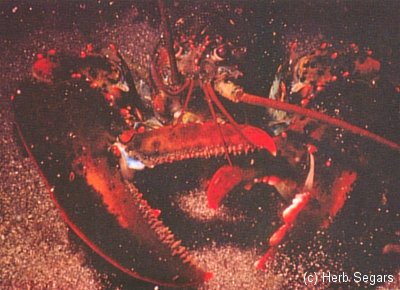
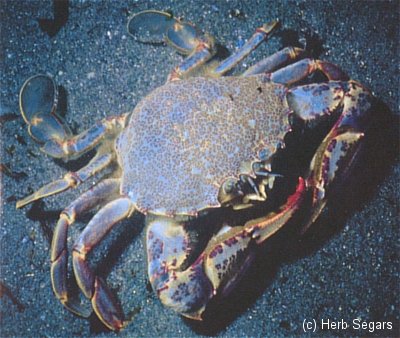
This article first appeared in New Jersey Outdoors - July / August 1984


